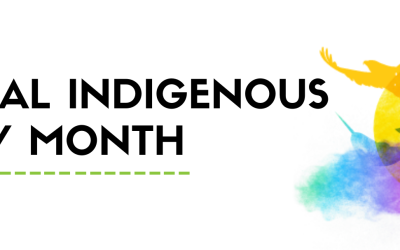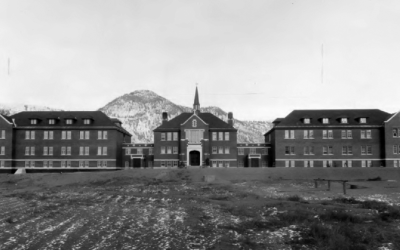In 1996, former-governor-general Roméo LeBlanc declared June 21 to be National Aboriginal Day. As the two columns that appear on this page attest, it is a good time to take stock of the special challenges facing Canada's aboriginal population – including deficits in education, job opportunities and standard of living compared to non-aboriginal populations.
This past year, Canadians came face to face with the stark reality of life in the Northern Ontario community of Attawapiskat: Families living in tents and deteriorating shacks; a community with little in the way of economic development outside of the public works projects provided by government and nearby corporations.
The federal government had spent $80-million on the remote community of 2,000 people since 2006. On a per-capita basis, this is not an unusual example. While native leaders are correct to complain about the terrible conditions in many First Nations communities, it is not as if the country has left these places to rot.
Overall, the federal government already spends roughly $9-billion annually on natives living on reserve. Like every other department, Aboriginal Affairs and Northern Development Canada will see its budget trimmed in coming years, but the recent Conservative budget did offer some major funding announcements, including: $100-million over three years for schooling, $175-million for school renovations and $331million over two years to improve water quality on reserves.
But the fact is that no matter how much governments spend on remote native communities such as Attawapiskat, they cannot prosper unless they participate in the broader economy – something that is impossible when the local population has little education, and therefore few job skills to offer those few prospective employers willing to set up shop hours from major commercial centres.
Whether it's E. coli in Kashechewan, gasoline huffing in Natuashish or children freezing to death in Yellow Quill, most Canadians only get glimpses of the Third World conditions that exist on many of our aboriginal reserves. And even then, the usual response is simply to demand more government funding.
The unemployment rate among aboriginals was 14.3% in 2010, compared to 7.9% for the general population. Around half of aboriginal children live in poverty, and most never complete high school. At the same time, aboriginal Canadians are incarcerated at much higher rates than the general population and organized crime has become a major problem in many native communities.
Yet despite these bleak statistics, there are also many success stories to be found in those aboriginal communities that are located in business-viable areas of the country – usually near large cities, or in coastal areas. In these areas, businesses owned and run by aboriginals are a fastgrowing segment of our economy. Many aboriginal leaders, including the National Chief of the Assembly of First Nations, Shawn Atleo, realize that education and job-and business-creation are the keys to progress – as opposed to the handout culture that once predominated.
Some new legislative initiatives are making a difference for aboriginals – including the extension of Canadian humanrights law to reserves, a move that permits rank-and-file band members to hold their local leadership to account. Even better would be comprehensive land reform, which would allow First Nations people to own reserve land in fee simple – i.e. the same way that non-reserve-resident Canadians own their homes. Under the terms of the Indian Act, the Crown maintains ownership over all reserve land, and grants Indians the right to utilize it – a literally Soviet-style system. If an individual wants to take possession of a piece of property, or the band wants to lease land to nonIndians, the transaction must be approved by Ottawa.
This means that communities have a hard time making money off their land; building new businesses, factories and other developments often gets tied up in government bureaucracy for years. Meanwhile, people have no incentive to maintain their own homes, and inevitably turn to Ottawa for help when the existing structures start to crumble.
In the field of education, we need to look at innovative new ideas, like those contained in a report released by the Frontier Centre for Public Policy on Wednesday, which advocates a sort of voucher system for aboriginal students that would give schools an economic incentive to manage scarce resources more efficiently.
All of these challenges are long-term propositions. And many more Aboriginal Days will pass before they are properly addressed. In the meantime, June 21 is a good time to take stock of the problem, and rededicate ourselves to the task of addressing it.


